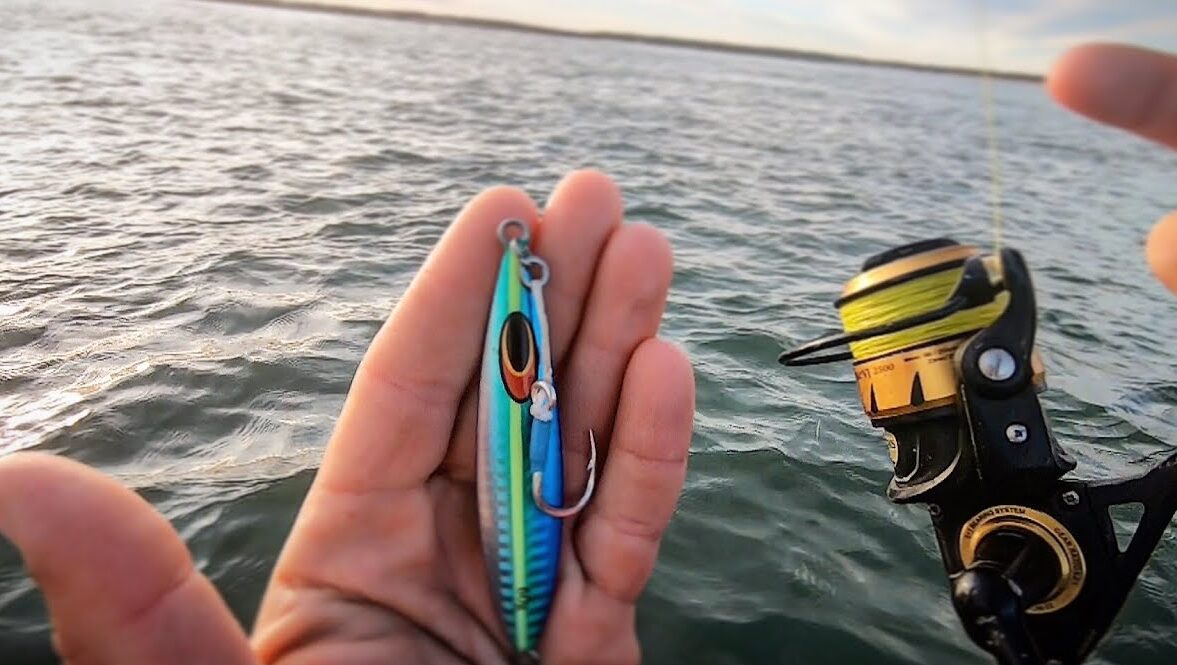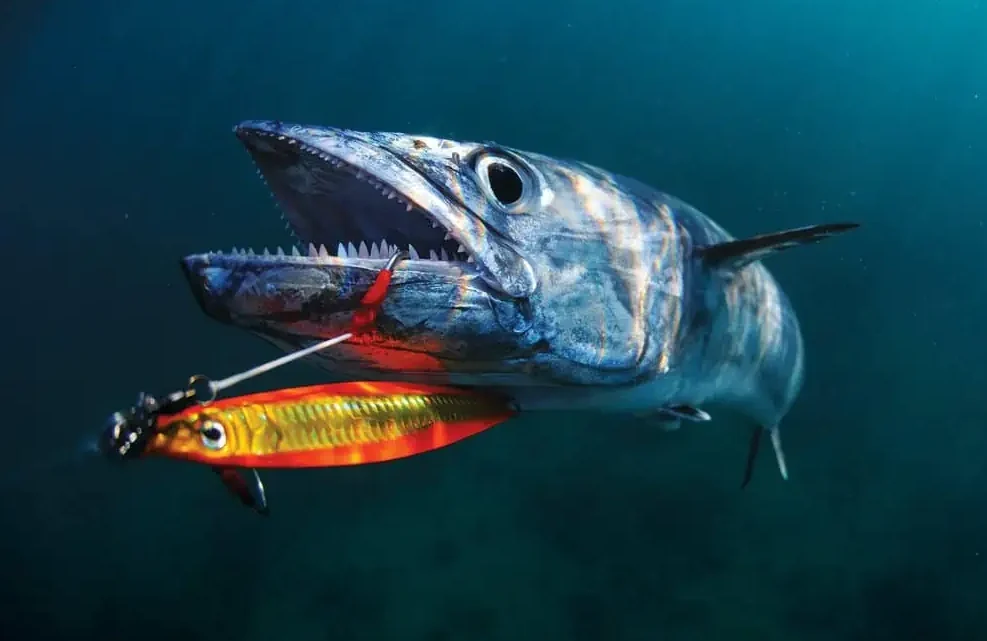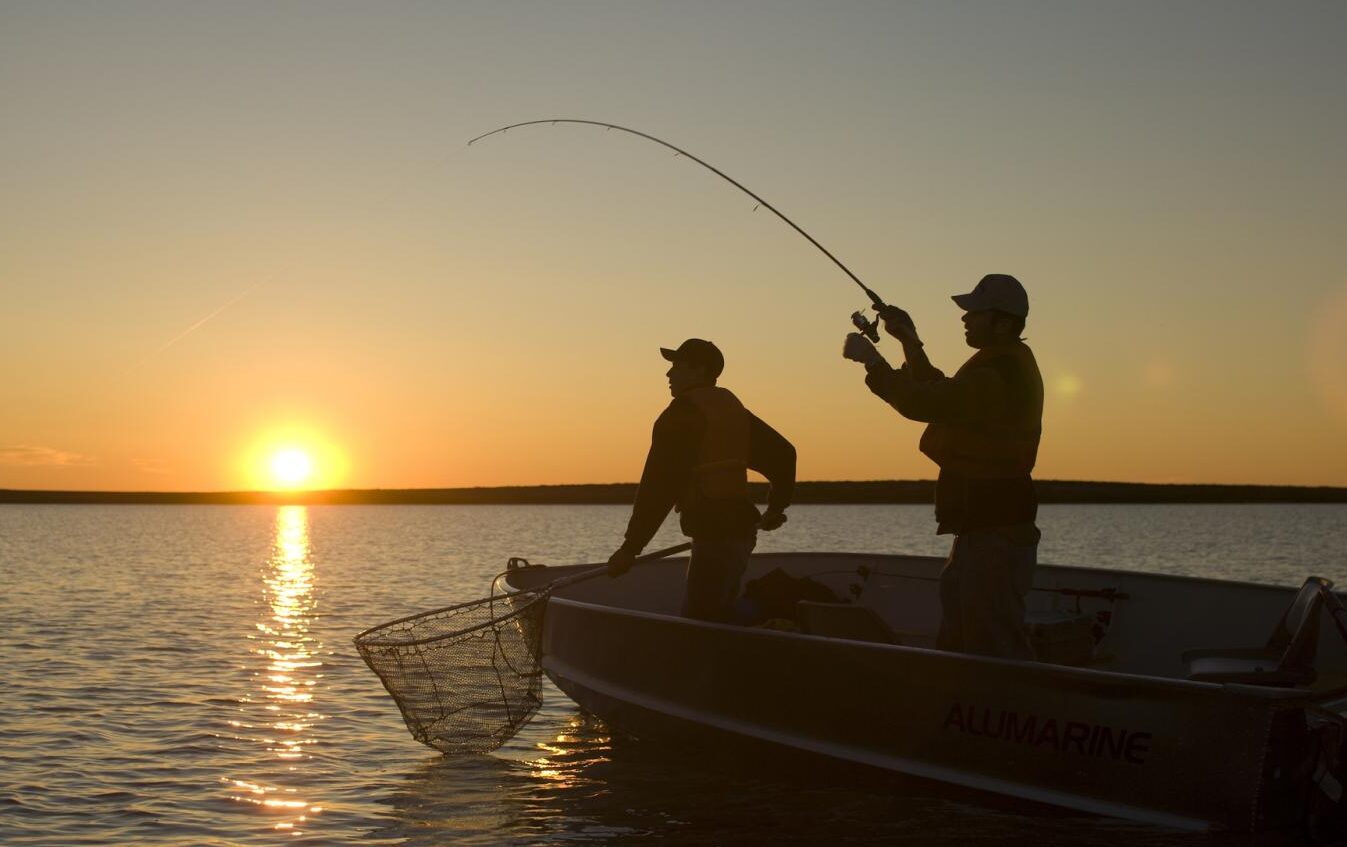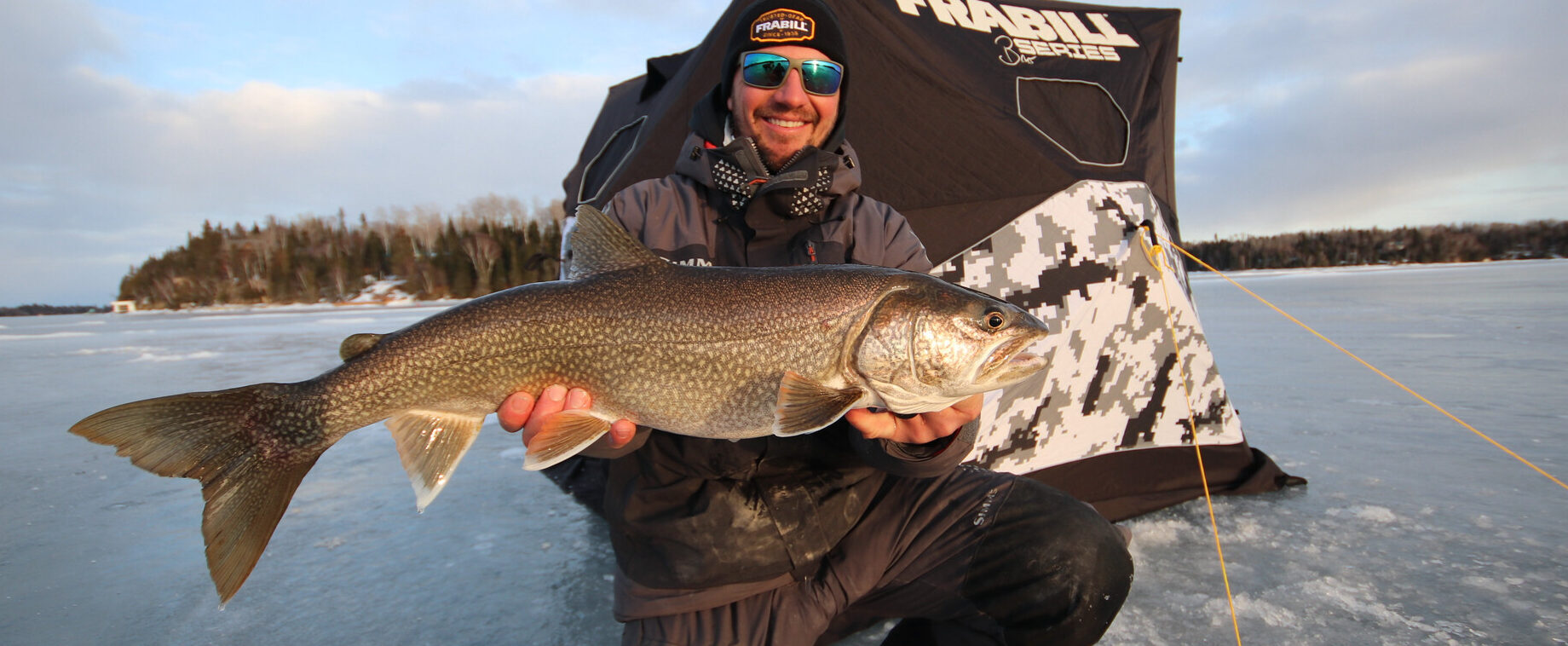Jigging is a fishing technique that has been used for many years and is still popular today. It involves using a weighted hook, called a jig, to attract fish by jerking the bait with mostly vertical, jerky motion. The technique mainly involves rapid lifting motions of a fishing rod, which jerk the line and exert a temporarily upward pull upon the sinking lure. Jigging is an effective method for catching various species of fish, and it requires a combination of knowledge, skill, and the right equipment to be successful. Therefore, understanding the basics of jigging is essential for any angler who wants to improve their fishing skills.
There are different types of jigs, and each works in a specific way to attract fish. For instance, the mechanical or vertical jigging technique involves snapping or popping the rod up and down constantly to give the lure the appropriate jigging action. Successful slow pitch jigging, on the other hand, requires a balancing act that involves using the right rod, reel, jig, and line class. Choosing the right jig for the target species is also crucial for success in jigging. Bass jigs, for example, are versatile baits that can be fished in any depth and situation. Therefore, understanding the different types of jigs and how they work is essential for any angler who wants to improve their jigging technique.
To be successful in jigging, anglers need to have the right equipment, knowledge, and skills. This includes understanding the different types of jigs and how they work, choosing the right jig for the target species, and using the appropriate jigging technique for each situation. Additionally, having the right gear, such as powerful fishing equipment, is crucial for success in jigging. By mastering the basics of jigging, anglers can improve their fishing skills and increase their chances of catching more fish.
Mastering Jigging Techniques for Different Species
Jigging is a versatile fishing technique that can be used to target a wide range of saltwater and freshwater species. Successful jigging requires mastering the technique for different species, as well as understanding the specific behaviors and preferences of the fish being targeted. When jigging for saltwater species, it is important to consider factors such as water depth, current, and the type of bait being used. Super light jigging, for example, is a popular technique for targeting saltwater species such as snapper, grouper, and amberjack. Vertical jigging, on the other hand, is a technique that can be used to target a variety of saltwater species, including tuna, kingfish, and mackerel. By understanding the different jigging techniques and how to apply them to different saltwater species, anglers can increase their chances of a successful catch.
Jigging can also be an effective technique for targeting freshwater species such as panfish, trout, and walleye. For panfish and crappie, anglers can use a variety of jigging techniques, including casting, vertical jigging, trolling, and even ice fishing with jigs. When targeting trout, kayak anglers can use trolling, jigging, or casting techniques, depending on the conditions and the behavior of the fish. Super light jigging is also a versatile technique for targeting freshwater species such as bass, crappie, and trout. By understanding the specific techniques and preferences for different freshwater species, anglers can improve their success rate and enjoy a more productive fishing experience.
To master jigging techniques for different species, it is important to understand the specific behaviors and preferences of the fish being targeted. Jigging can be used to target a wide range of species, from saltwater game fish to freshwater panfish, and each species requires a different approach. By understanding the specific techniques and preferences for different species, anglers can increase their chances of a successful catch and enjoy a more productive fishing experience. This comprehensive guide to jigging techniques provides anglers with the knowledge and skills needed to become successful jig fishermen, whether targeting saltwater or freshwater species. With the right techniques and a bit of practice, jigging can be a highly effective fishing technique that adds excitement and variety to any fishing trip.
Choosing the Right Equipment for Jigging
Jigging is a fishing technique that requires specific equipment to be successful. Choosing the right gear for jigging is essential to ensure that you can effectively target the fish you are after. When it comes to selecting rods and reels for jigging, it is important to consider the type of fishing you will be doing. For saltwater jigging, a powerful rod and reel are necessary, while freshwater jigging may require a lighter setup. A fast-action rod is recommended for jigging, as it allows for quick and precise movements. Additionally, jigs come in various weights and styles, so it is important to select the right one for the type of fish you are targeting. By selecting the appropriate gear for jigging, you can increase your chances of a successful fishing trip.

Along with rods and reels, selecting the right lines and leaders for jigging is essential. Braid is a popular choice for jigging, as it is strong and sensitive, allowing for better feel and control of the jig. It is also important to match the line and jig weights to the rod manufacturer’s recommendations to ensure optimal performance. Leaders are also important, as they provide additional strength and abrasion resistance, which is particularly important when targeting larger fish. By selecting the right lines and leaders for jigging, you can increase your chances of successfully landing your catch.
Other essential gear for jigging includes a variety of tools and accessories, such as pliers, scissors, and a tackle bag to keep everything organized. It is also important to learn proper jigging techniques, such as slow pitch jigging, which requires a specific rod, reel, and jig setup. Watching tutorials on proper jigging techniques can help improve your skills and increase your success. By having the right gear and knowledge of proper jigging techniques, you can increase your chances of a successful and enjoyable fishing trip.
Tips and Tricks for Successful Jigging
Jigging is a versatile fishing technique that can be used to target a variety of species in different water conditions. To be successful, it is important to read the water and identify hot spots where fish are likely to be found. Hot spots can include changes in water depth, structure, and cover. Once hot spots have been identified, anglers can adjust their jigging techniques to suit the water conditions and increase their chances of success. This may involve using different types of jigs, trailers, or fishing equipment, depending on the target species and the depth of the water.

Using electronics can also be an effective way to improve jigging success. Fish finders and depth sounders can help anglers locate schools of fish and identify the depth at which they are feeding. This information can be used to adjust the weight of the jig and the speed of the retrieve to target fish at the desired depth. Slow-pitch jigging, a technique that involves using a slow and rhythmic motion to mimic the movement of prey in the water, has become increasingly popular in recent years. This technique can be particularly effective for targeting bottom-dwelling species in deep water.
To be successful at jigging, anglers must also be willing to experiment with different techniques and adapt to changing conditions. This may involve trying different jigging speeds, jigging patterns, or types of jigs until the most effective technique is identified. Additionally, it is important to maintain a level of enthusiasm and energy when jigging, as this can be a physically demanding technique that requires constant movement and attention to detail. With practice and patience, jigging can be a highly effective way to catch a variety of fish species in different water conditions.
Best Practices for Catch and Release Jigging
Jig fishing is a popular and effective technique for catching fish, but it is important to practice catch and release methods to protect the fishery for future generations. Proper handling of fish is key to successful catch and release jigging. Anglers should avoid touching the fish as much as possible and release the fish by sliding their hand down the leader or using a clamp or hemostats to grab the hook. It is also important to use conservation-minded tackle, such as circle hooks, which are designed to reduce injury to fish and increase the chances of a successful release. By following these best practices, anglers can enjoy successful jigging while also protecting the fishery.
Circle hooks are an effective tool for catch and release jigging, as they are designed to hook fish in the corner of the mouth, reducing the chance of injury. Other conservation-minded tackle, such as barbless hooks, can also be used to reduce injury to fish. Additionally, anglers should be mindful of the type of line and leader they use, as heavier lines can cause more damage to fish. By using the right tackle and techniques, anglers can increase the chances of a successful release and help preserve the fishery for future generations.
Releasing fish safely and effectively is crucial for the success of catch and release jigging. Anglers should take care to release fish quickly and gently, avoiding any unnecessary stress or injury. It is also important to revive fish before releasing them, ensuring they are able to swim away strongly. Anglers should experiment with different presentations and adapt to changing fishing conditions, while also practicing conservation-minded fishing practices. By following these best practices, anglers can enjoy successful jigging while also protecting the fishery for future generations.


